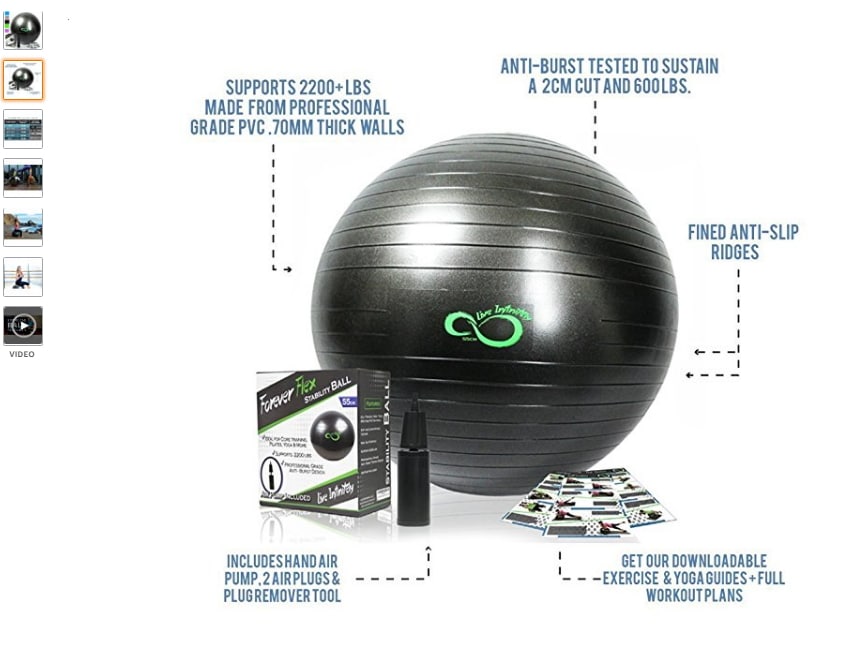Change Your Digital Photography By Grasping Lighting Strategies That Can Boost Your Photos-- Find The Usual Mistakes That Could Be Holding You Back
Change Your Digital Photography By Grasping Lighting Strategies That Can Boost Your Photos-- Find The Usual Mistakes That Could Be Holding You Back
Blog Article
Author-Hinson Brady
As a professional photographer, you know that illumination can make or break your photos. Comprehending the subtleties of both all-natural and artificial light is necessary for capturing the state of mind and clearness you aim for in your job. Whether you're going after the perfect golden hour radiance or tweak your man-made setups, understanding these aspects can elevate your digital photography dramatically. But there prevail risks that many forget, and recognizing them can transform your strategy to every shoot. Let's discover what you might be missing out on and how it can affect your outcomes.
Understanding All-natural Light
Recognizing natural light is crucial for any photographer seeking to improve their job. It's the structure of great photography, influencing mood, tone, and clarity. When you fire outdoors, take notice of the moment of day. https://zenwriting.net/marilu1lael/figure-out-exactly-how-to-pick-the-ideal-camera-tailored-to-your-photography -- quickly after dawn and before sunset-- provides soft, cozy light that can transform normal scenes into magnificent pictures.
Do not underestimate the power of cloudy days. Cloud cover diffuses sunshine, creating a soft, even light that's ideal for pictures and macro photography. You'll find colors pop in this sort of illumination without harsh darkness.
Placing matters, also. Always consider Highly recommended Webpage to the light. If the sun's behind your topic, you might end up with a silhouette, which can be significant however mightn't be what you want. Conversely, direct sunshine can produce uncomplimentary darkness.
Try out angles; occasionally, changing your perspective can yield impressive results. Use all-natural reflectors, like water or sand, to jump light onto your subject, adding dimension.
Mastering Artificial Light
Mastering artificial light is important for digital photographers who want to take their abilities to the next level. Whether you're utilizing speedlights, studio strobes, or constant lights, understanding exactly how to adjust these resources can drastically improve your images.
Beginning by familiarizing on your own with the fundamentals of light quality, instructions, and shade temperature. Try out various modifiers like softboxes, umbrellas, or grids to control the soft qualities or harshness of the light.
You'll locate that soft light frequently creates flattering outcomes, while harsher light can add dramatization and deepness. Don't avoid shadows; they can boost the three-dimensionality of your subjects.
Pay very close attention to the positioning of your lights. A light positioned also near to your topic can produce unflattering outcomes, while as well away can lead to a lack of detail. Utilize a light meter or your camera's histogram to guarantee you're exposing appropriately.
Finally, remember that artificial light can be blended with ambient light for creative results. Balancing these resources might take technique, once you grasp it, your photography will absolutely shine.
Techniques for Various Scenarios
When you enter different capturing situations, adapting your lighting methods is crucial for capturing the very best photos. For outside portraits, use the gold hour-- early morning or late afternoon light-- to soften darkness and boost complexion.
If it's an extreme lunchtime sunlight, take into consideration using a reflector to bounce light back onto your topic or look for shaded locations for a much more also exposure.
In low-light situations, like interior events, enhance your ISO and use a broad aperture to let in even more light. A tripod can help get rid of cam shake, enabling longer direct exposures without obscuring.
If you're shooting at night, trying out off-camera flash to create vibrant illumination and depth in your images.
For item digital photography, use diffused illumination to prevent severe representations. Softboxes or light outdoors tents can help accomplish this effect.
When photographing landscapes, take into consideration the direction of light and time of day, as it can considerably alter the state of mind of your shot.
Constantly prepare to adjust your setups and positioning based upon the scenario, as versatility is vital to mastering illumination in digital photography.
Conclusion
In conclusion, understanding lights is essential to boosting your digital photography abilities. Welcome natural light's appeal throughout gold hour, and do not avoid trying out man-made light methods. By adjusting your technique to various circumstances, you'll record spectacular photos that resonate with feeling and clearness. Keep in mind, the right lights can change an average shot into something remarkable, so maintain practicing and refining your understanding of both all-natural and fabricated light. Delighted shooting!
